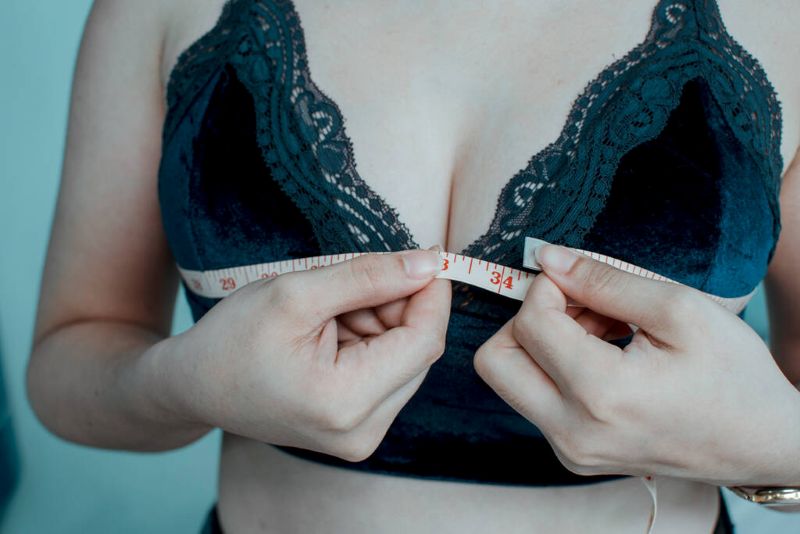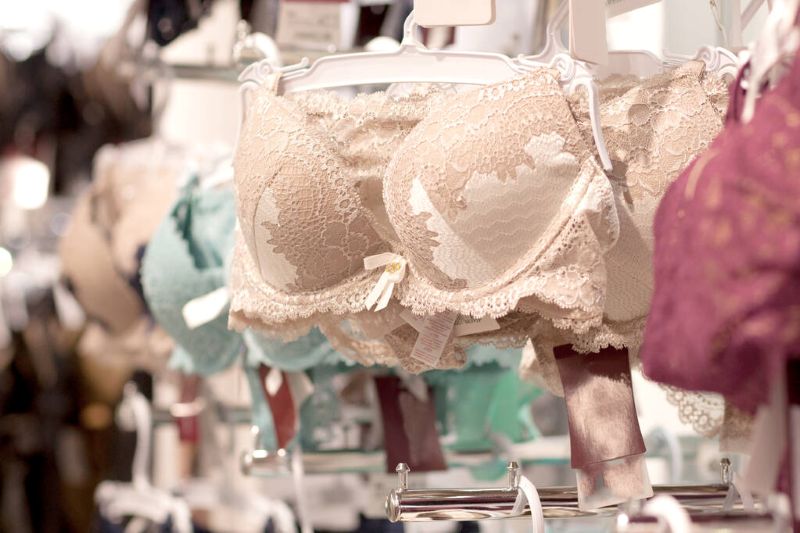5 min read
813 words
A well-fitting bra is crucial for comfort, support, and overall health, yet many women wear bras that are either too tight or too loose without realizing it. Wearing a bra that doesn’t fit correctly can lead to various physical discomforts and even long-term health issues. In this article, we will explore the five sure signs that indicate your bra is too tight and what you can do about it.
Understanding the Importance of a Proper Fit
Before diving into the signs of a too-tight bra, it’s essential to understand why a proper fit matters. A correctly fitting bra provides adequate support to your breasts, reducing strain on your shoulders and back. It should create a flattering silhouette without digging into your skin or causing discomfort. The right bra allows you to feel confident, supported, and comfortable throughout your day-to-day activities.
Sign #1: Difficulty Walking
One of the most alarming signs that your bra is too tight is difficulty walking. If you find yourself needing to adjust your bra frequently or feeling restricted while moving, it’s likely causing discomfort. A tight bra can constrict your rib cage and restrict your breathing, leading to a feeling of pressure across your chest. This constraint can make even simple walking feel cumbersome and awkward. If you experience this issue, it’s time for a fitting to reassess your bra size.
Sign #2: Shoulder Straps Digging In
Another clear indicator of a bra that is too tight is if the shoulder straps dig into your skin, leaving red marks or indentations after you remove the bra. This discomfort suggests that the band size is too small or that the straps are carrying too much weight, which they shouldn’t have to do if the band fits properly. A well-fitting bra should distribute weight evenly between the band and the straps. If your straps are the only support, they can become uncomfortable, leading to muscle tension and pain.
Sign #3: Bulging Underarm or Back Fat
Observe your underarms and back when you wear your bra. If you notice bulging flesh, it’s a sign that the band may be too tight. This “back fat” can occur if the band does not sit evenly against your skin due to its tightness, which could also cause discomfort. You should aim for smooth lines with no pinching or overflow. A high-quality bra with the right fit will eliminate this issue altogether.
Sign #4: Underwire Pain
For those who prefer underwire bras, underwire pain is a frequent sign you might be wearing a too-tight bra. If you experience discomfort or pain where the underwire sits—most commonly at the center front or sides of your breasts—it could mean that the sizing is off. A bra with an appropriate fit should not pinch or poke; instead, it should contour to the shape of your breasts while providing ample support. If the underwire consistently digs in, consider sizing up or switching to a wireless option for enhanced comfort.
Sign #5: Frequent Adjustments
If you’re constantly adjusting your bra during the day, it’s a strong signal that it’s not fitting properly. A good bra should stay in place and provide support without requiring frequent readjustments. If you find yourself tugging, pulling, or repositioning your bra, it’s time to take another look at the size. Continuous movement and adjustment indicate a design or fit issue that can be resolved with proper measurements and a fitting.
What to Do Next

If you identify with any of the aforementioned signs, it’s essential to take action. Here are a few steps you can take:
- Get Professionally Fitted: Visiting a lingerie store with knowledgeable staff can provide insights and help you find the correct size. They can measure you accurately and offer recommendations for styles that suit your shape.
- Consider Different Styles: Not all bras are created equal. Different styles may provide varying levels of support and comfort. For instance, sports bras or bralettes can offer additional relief depending on your activities.
- Regularly Reevaluate Your Size: Your body can change over time due to various factors such as weight fluctuations, hormonal changes, and aging. Regularly reevaluating your size will ensure you always wear a comfortable bra.
- Look for Quality Brands: Investing in higher-quality bras can often provide better fit and longevity. Quality manufacturers typically pay closer attention to sizing and construction, which can make a significant difference in comfort.
Conclusion
Understanding the signs of a too-tight bra is essential for maintaining both comfort and health. Difficulty walking, shoulder strap discomfort, bulging, underwire pain, and constant adjustments are red flags that should not be ignored. If you experience any of these issues, don’t hesitate to seek professional fitting advice and explore different styles. A well-fitted bra not only maximizes comfort but also enhances your overall confidence. Prioritize your comfort and take the time to find the perfect fit!
